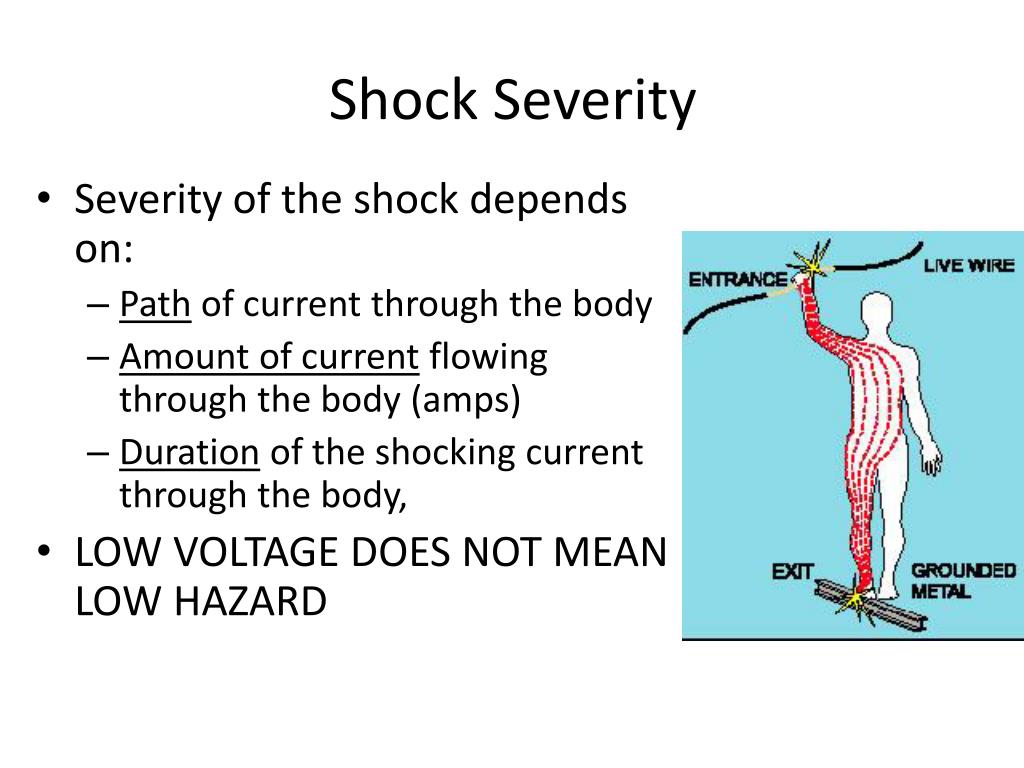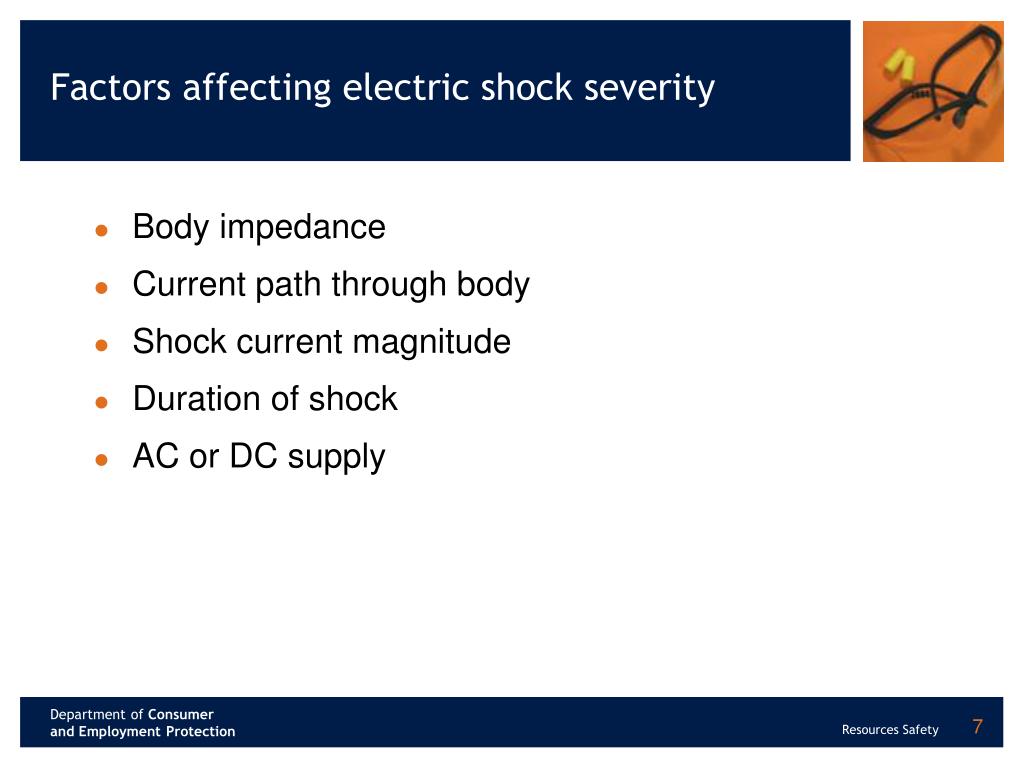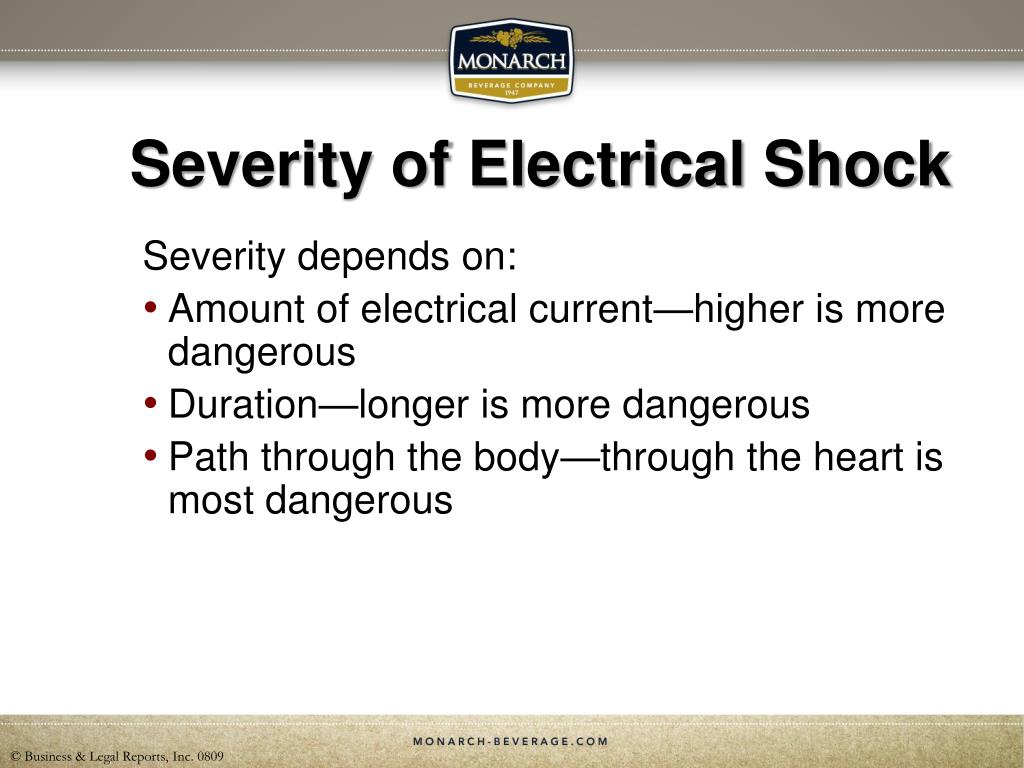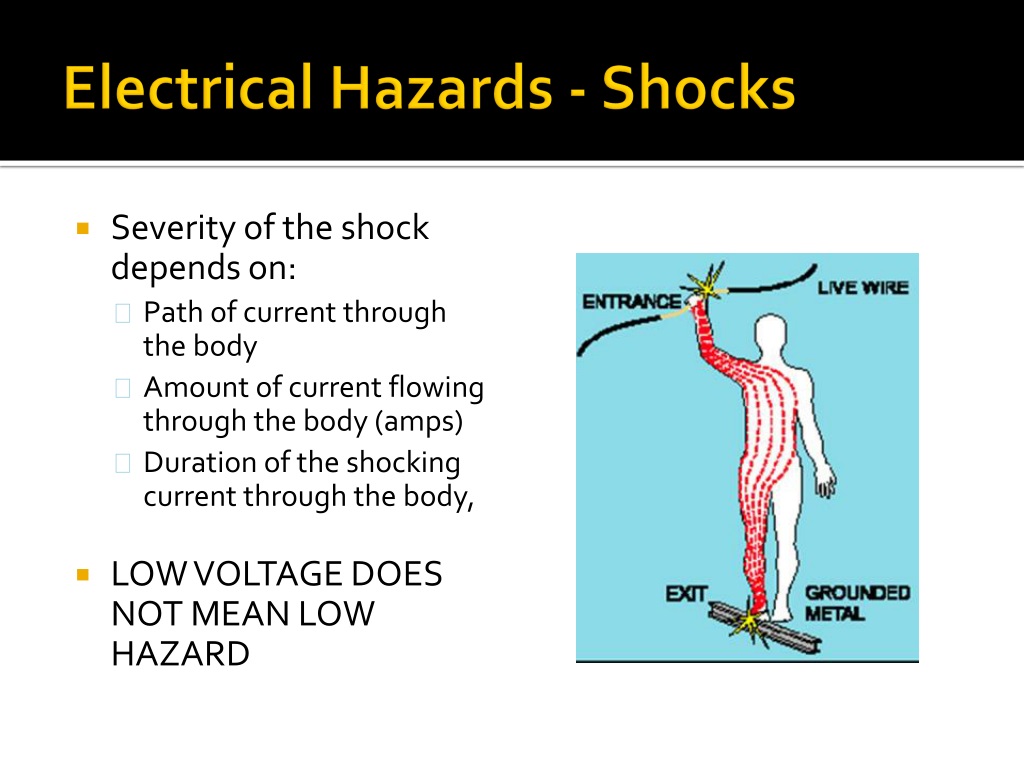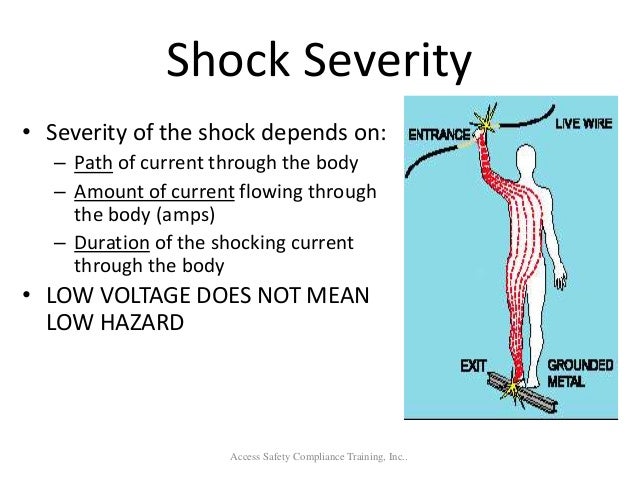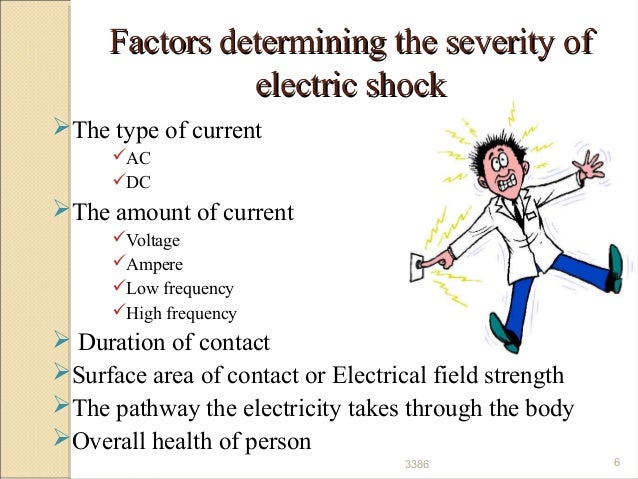The Severity Of Electric Shock Depends On
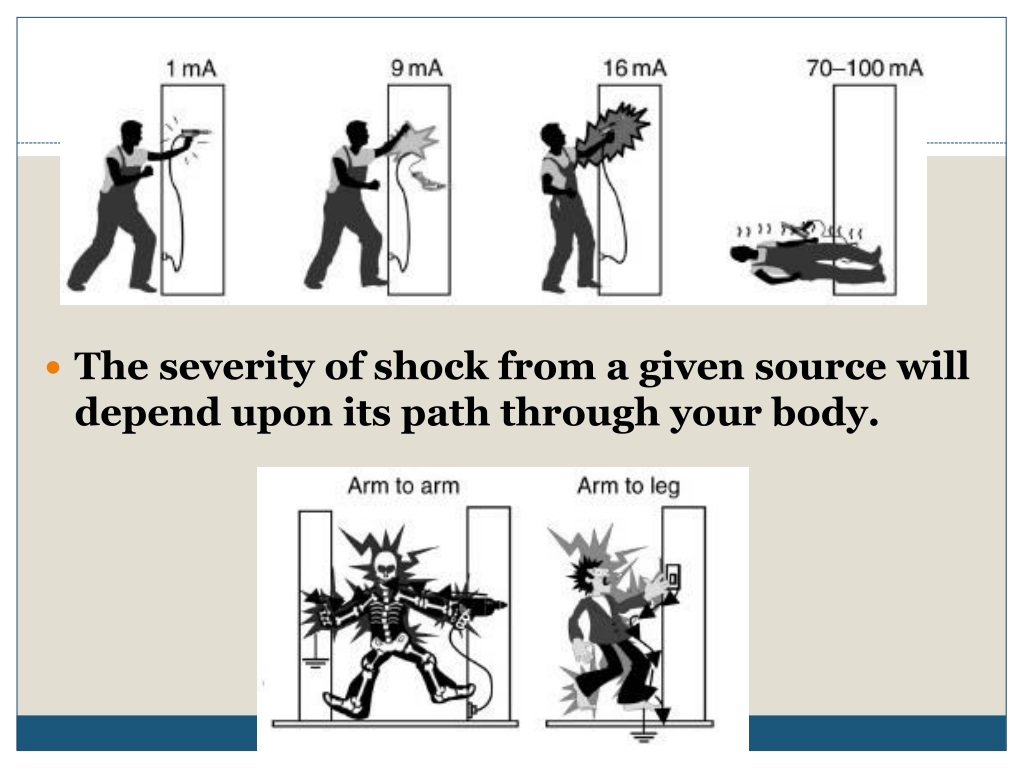
Electric shock incidents are on the rise, and understanding the factors determining severity is crucial for prevention and immediate response. The extent of injury from electric shock hinges on several key elements, demanding greater public awareness and stringent safety measures.
Severity Determined by Multiple Factors
The severity of an electric shock is not solely determined by voltage. Instead, a complex interplay of factors dictates the outcome, ranging from minor discomfort to fatal consequences.
Current: The Decisive Factor
The amount of current passing through the body is the most critical determinant. Even low-voltage electricity can be deadly if the current is high enough.
As little as 1 milliamp (mA) can be felt, while currents above 10 mA can cause muscle contractions, potentially preventing the victim from releasing the source. Currents between 100 mA and 3 amps can cause ventricular fibrillation, a life-threatening heart rhythm disturbance.
Voltage: A Contributing Element
While current is paramount, voltage plays a significant role in pushing current through the body. Higher voltages have the potential to force more current through the body, increasing the risk of severe injury.
Household voltage (120V in North America, 230V in Europe) can be lethal under the right conditions. High-voltage lines, often carrying thousands of volts, pose an even greater danger.
Path Through the Body
The route electricity takes through the body significantly impacts the severity of the shock. A current path through the heart or brain is far more dangerous than one through the extremities.
If current passes through the chest, it can disrupt heart function and breathing. If it travels through the brain, it can cause seizures, unconsciousness, and even death.
Duration of Contact
The longer the duration of electrical contact, the greater the damage. Prolonged exposure increases the risk of tissue damage, burns, and cardiac arrest.
Even a brief shock can be fatal if the current is high enough, but extended contact significantly amplifies the risk.
Skin Resistance: A Variable Defense
The skin's resistance to electricity varies depending on its condition. Dry skin offers more resistance than wet or broken skin.
Moisture, such as sweat or water, drastically reduces skin resistance, allowing more current to flow into the body. This is why electrical accidents are more common in wet environments, such as bathrooms or outdoors during rain.
Individual Health Factors
Underlying health conditions can influence the impact of electric shock. Individuals with pre-existing heart conditions are particularly vulnerable.
Age and overall health also play a role. Children and the elderly may be more susceptible to severe injury.
Recent Incident Data
According to the Electrical Safety Foundation International (ESFI), nonfatal electrical injuries cost U.S. businesses over $4 billion each year. The Centers for Disease Control and Prevention (CDC) reports that hundreds of deaths occur annually in the United States due to electrocution.
These statistics highlight the ongoing risk and the need for heightened awareness and safety protocols.
Preventative Measures
Preventing electrical shock requires vigilance and adherence to safety guidelines. Ground Fault Circuit Interrupters (GFCIs) are essential in wet locations to quickly cut off power in case of a fault.
Regularly inspect electrical cords and appliances for damage, and never overload circuits. Always turn off power at the breaker box before working on electrical systems.
Immediate Response to Electric Shock
If someone is experiencing an electric shock, the first priority is to disconnect them from the power source. Use a non-conductive object, such as a wooden broom handle or a rubber mat, to separate them from the electricity.
Immediately call emergency services (911 in the US) and provide first aid, including CPR if the person is not breathing. Even if the person appears to be unharmed, seek medical attention, as internal injuries can be present.
Moving Forward
Increased public education campaigns are needed to raise awareness about the dangers of electricity and the factors influencing the severity of electric shock. Stricter enforcement of electrical safety codes and ongoing research into improved safety technologies are also crucial.
Ongoing investigations into recent electrical incidents are underway to determine the root causes and implement preventative measures to mitigate future risks. The National Electrical Code (NEC) is continuously updated to reflect the latest safety standards and best practices.
